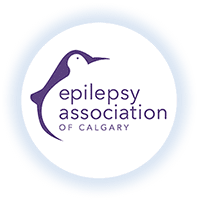Education Sessions
From schools to skyscrapers, we’d love to visit your community and present one of our customized educational sessions about epilepsy.
We teach people about what epilepsy is, known causes, types of seizures, seizure first aid, and much more.
It’s free and usually an hour long – but most importantly, for someone with epilepsy it can make a world of difference.


What are people saying about our Education Sessions?
“Very interesting, engaging, great amounts of information that can be conveyed at a simple enough level that anyone can understand it.”
“I wish I had seen a presentation like this sooner. I feel that sessions like this are valuable.”
“This presentation was organized and informative, the length was perfect and it gave us time to ask questions.”
